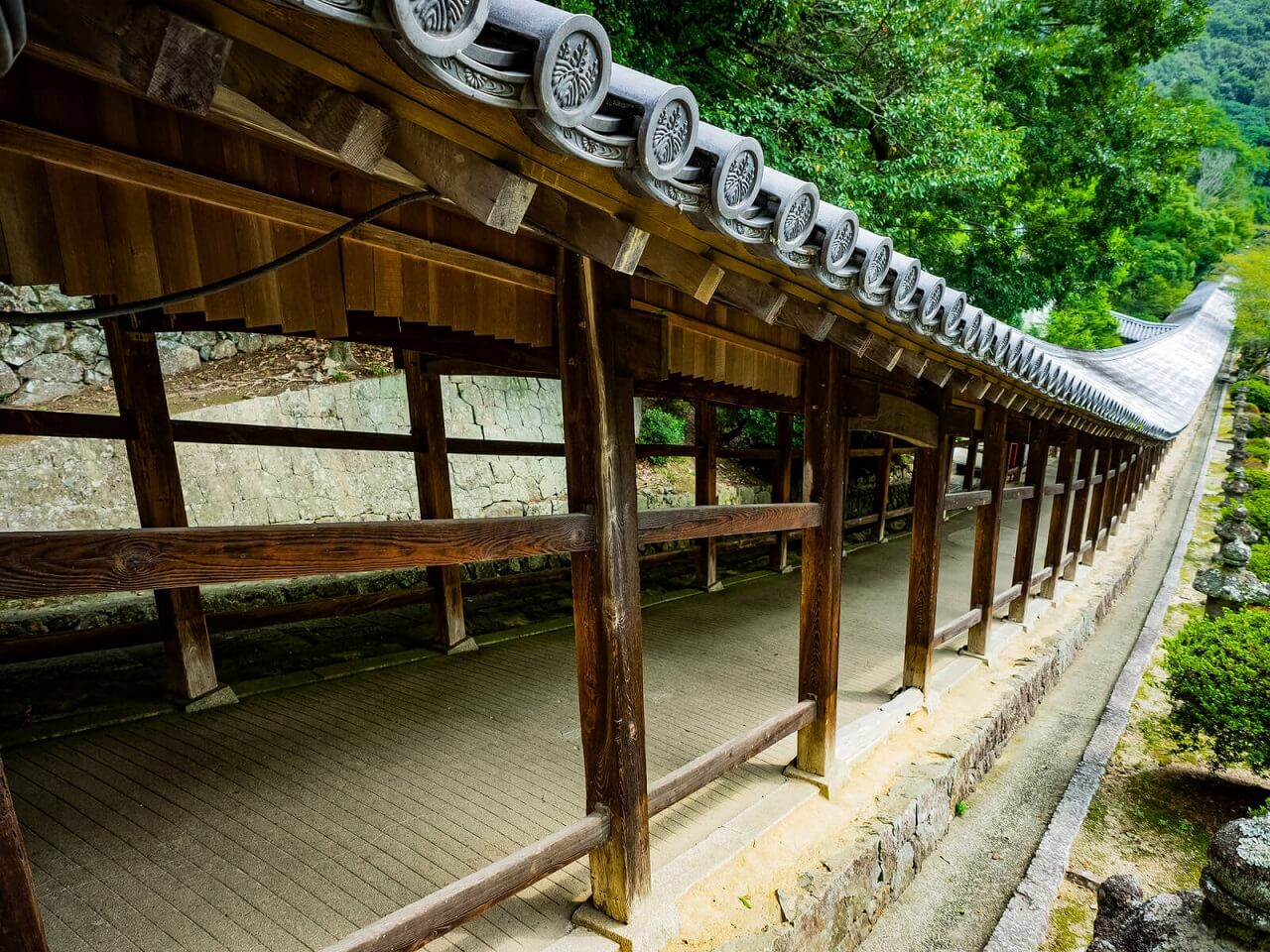On this page, you can learn how to make sentences with the sentence pattern for ‘when (conjunction)’ in Japanese.
How to use
Sentence A when Sentence B
↓
Sentence B とき Sentence A
This ‘when’ is used as a conjunction which means ‘at the time’.
It is different from ‘when’ to be used to ask questions.
Example
れい
I watched the TV program when I was young.
↓
私がわかかったときそのテレビばんぐみを見ました。
Note
- The sentence before とき needs to finish with Plain Form.
- が is used as a subject marking particle in the sentence before とき. (most of the time)
- You don’t translate a subject in the sentence after とき if it is the same as the one in the sentence before とき.
Exercise
Task: Change into Japanese or English.
- Japanese people use chopsticks when they eat.
- My younger sister listens to music when she takes shower.
- You have to listen to the teacher when you are in class.
- 車(くるま)をうんてんするときけいたいを使(つか)ってはいけません。

せんせい
listen to + person = person の話(はなし)を聞(き)く
- 食(た)べるとき日本人(にほんじん)ははしを使(つか)います。
- シャワーをあびるとき妹(いもうと)はおん楽(がく)を聞(き)きます。
- クラスにいるとき先生(せんせい)の話(はなし)を聞(き)かなければなりません。
- You must not use a mobile phone when you drive a car.
